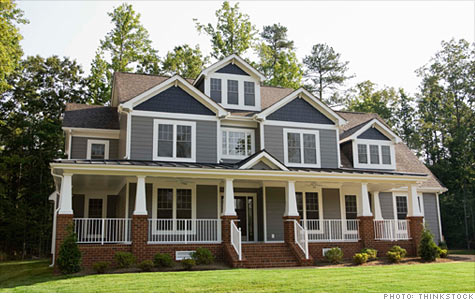Curbing Closing Costs
The New York TimesBy LYNNLEY BROWNING
Published: January 27, 2011
BORROWERS have some weapons for keeping closing costs down, the result of recent guidelines requiring lenders to disclose certain fees, but perhaps the most underutilized consumer tool simply involves old-fashioned haggling.
Good-faith estimate rules, part of a tougher Truth in Lending Act that emerged from the mortgage crisis, mean that lenders must provide a clear picture of the costs involved in buying or refinancing a home. Yet consumers may not realize that some of those numbers are actually negotiable, mortgage experts say.
“There’s a lot of room for negotiation in the costs of closing,” said Barry Zigas, the director of housing policy at the Consumer Federation of America, a consumer advocacy group, “and consumers should examine every charge and not hesitate to challenge them and try to bring them down.”
Closing costs can run a borrower 3 to 6 percent of the price of a property, according to the Federal Reserve. In 2010, the average cost for a $200,000 purchase rose by nearly 37 percent, to $3,741, according to Bankrate.com, a financial data publisher; the average in New York State was $5,623.
CLICK HERE FOR FULL ARTICLE





